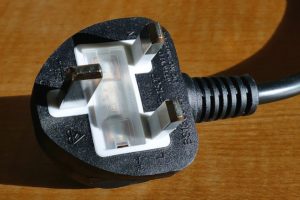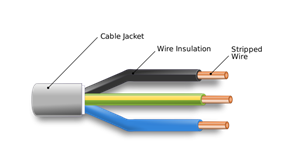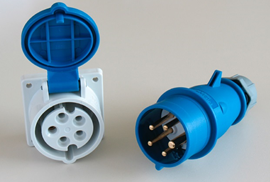
You’re researching potential catering appliances and want to be sure that whatever you decide on, it is fully tailored to your requirements. The features, manufacture, capacity and dimensions are generally straight forward, but then you see the power information! Smaller items will often be easier to understand and digest while, the larger the equipment, the more confusing the specifications seem to be. This is due to the unit requiring a larger power supply. Before you complete your order make sure you understand the basics to guarantee that your premises is set up to accommodate your purchase.
Here we offer the truth surrounding single phase and 3 phase power supplies, breaking down the basics and hopefully making your decision clearer.
Definitions;
Amps (Amperes); this unit determines the constant electrical current required and the strength of the power drawn by the equipment.
Volts (Voltage); this unit reflects the amount of power drawn from the mains supply when the unit is in operation.
Watts (Wattage); this unit signifies the total electrical power (amps + volts) being used.
-
Single Phase; standard 3 pin plug

These single phase connections are most commonly seen in residential properties however can also be found in smaller, less powerful commercial units. Often referred to as a ‘plug and play’ option, units with this power type are supplied complete; fully fitted and ready to use.
This power option will carry 220-240 Volts as standard and is capable of carrying up to and including 13 amps. The single electrical flow (or phase) is indicated in the name.
-
Single Phase; hardwired

When equipment requires increased power above 13 amps, it will not be supplied with a standard 3 pin plug, instead needing to be wired directly into a fused spur.
Typically, this type of supply will carry 230-240 Volts. Appliances with a single phase hardwired supply should only be installed by a qualified electrician!
-
Three Phase; hardwired

Large commercial equipment will often require a large power supply in order to work efficiently. Three phase power provides 3 separate electrical supplies (or phases) to the unit through one fixture, each phase reaching its peak sequentially meaning that power is continuously delivered with no drops in power experienced. Each individual phase will carry its own number of amps.
This type of industrial electrical supply will generally carry 415 Volts meaning that equipment with increased power can be purchased for larger businesses. If you are looking to invest in an appliance with a 3 phase supply your premises must be set up to accommodate this. Before making any purchase always seek the advice of a qualified electrician to determine if your property will support the increased power. The cost to convert your premises to a 3 phase supply can be eye-watering so make sure you get a few quotes to complete any necessary work prior to purchasing equipment, helping you to assess if this is the most appropriate and financially viable course of action. All 3 phase equipment must be installed by a qualified electrician!


